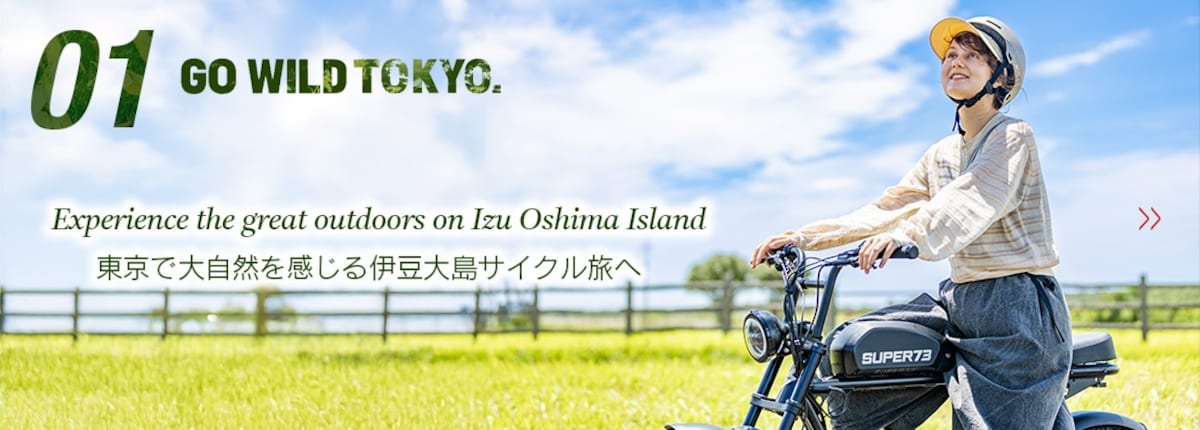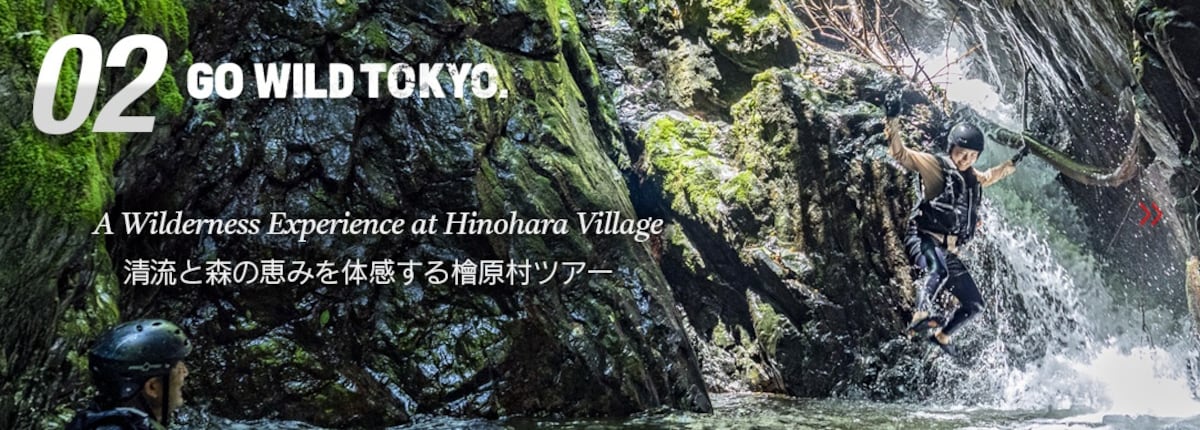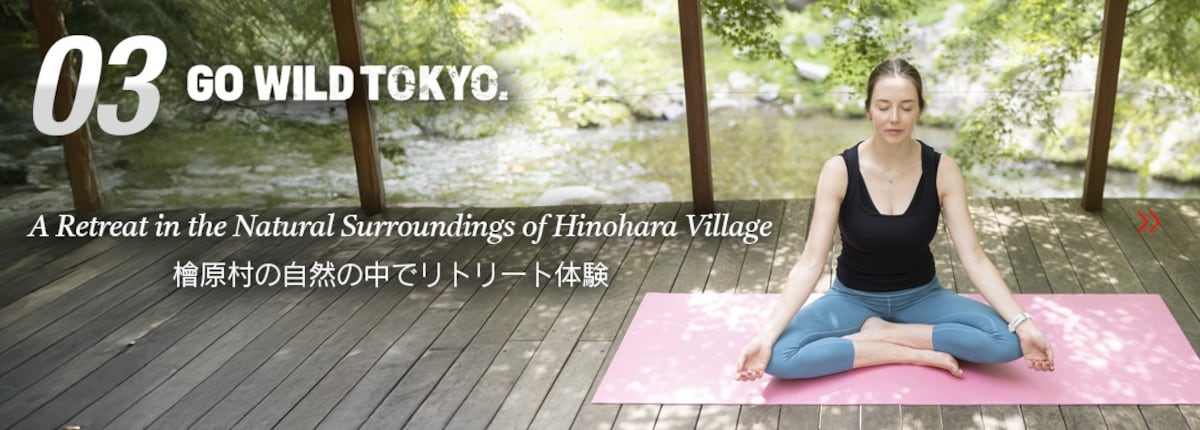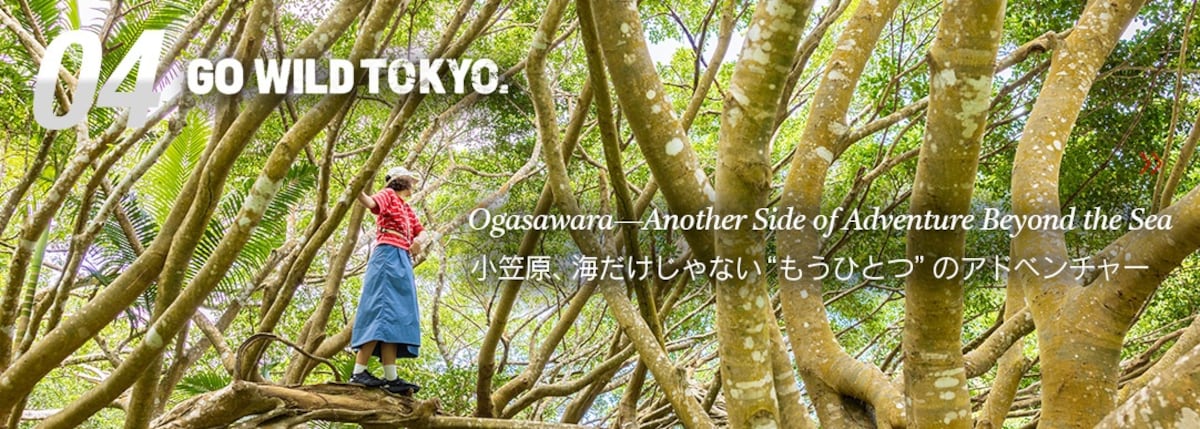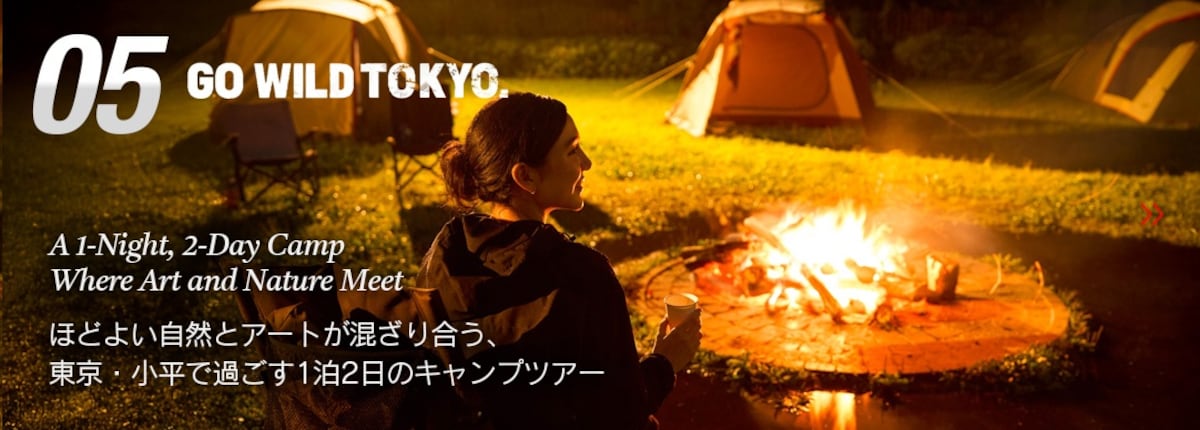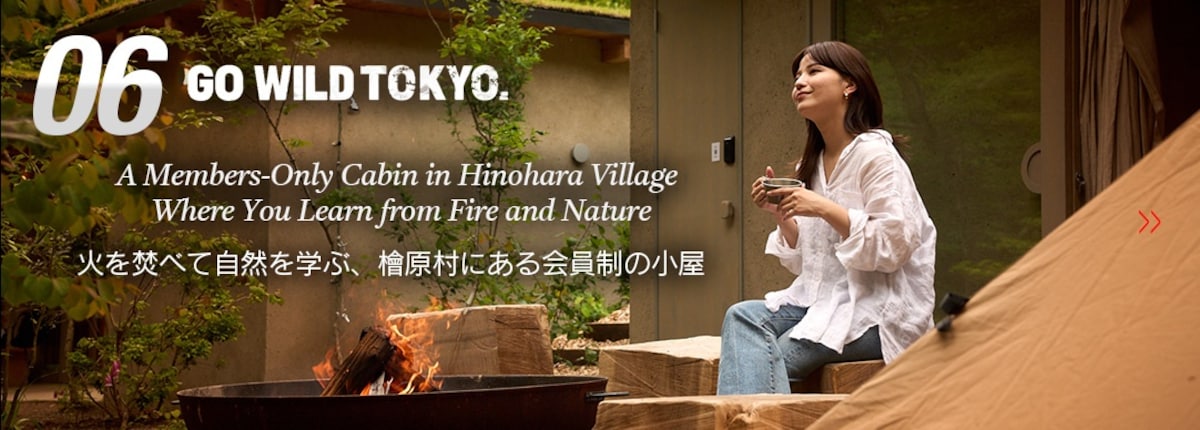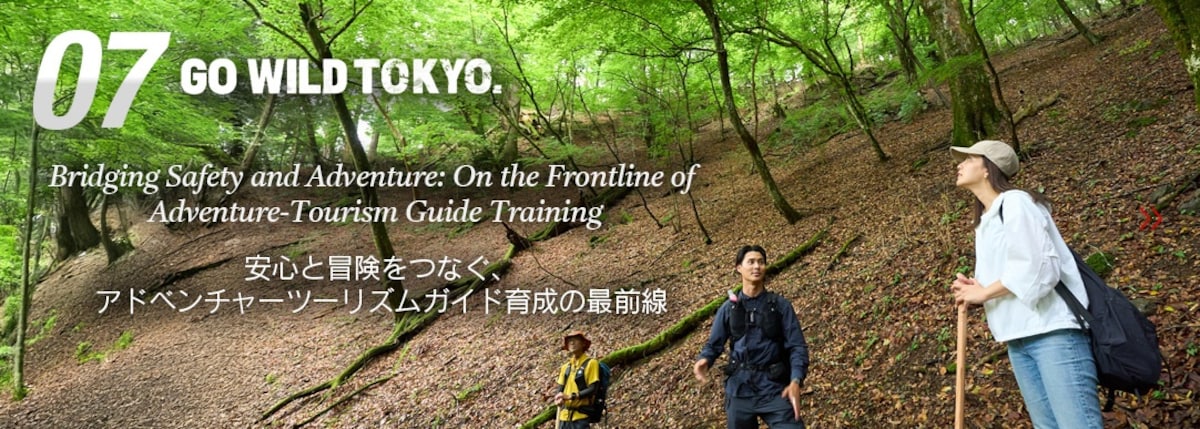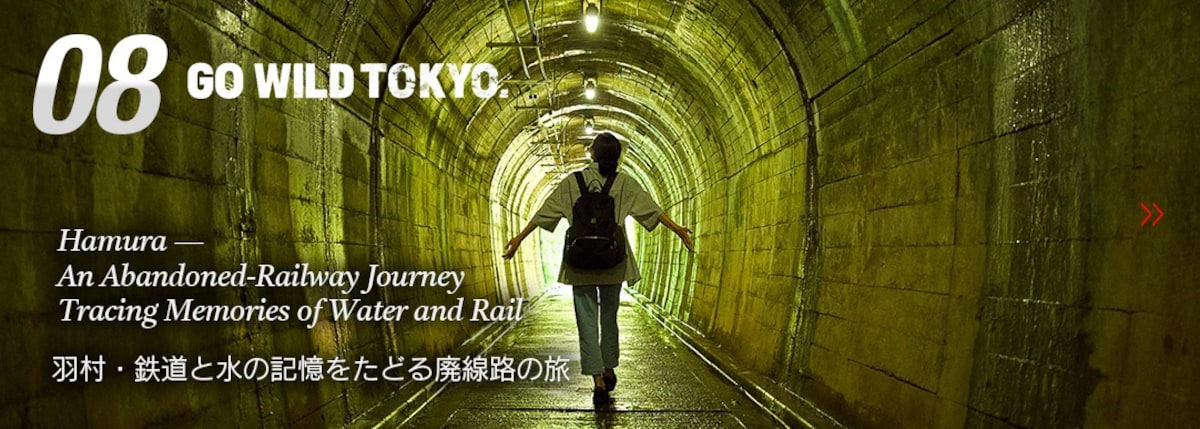GO WILD TOKYO 5 / A 1-Night, 2-Day Camp Where Art and Nature Meet
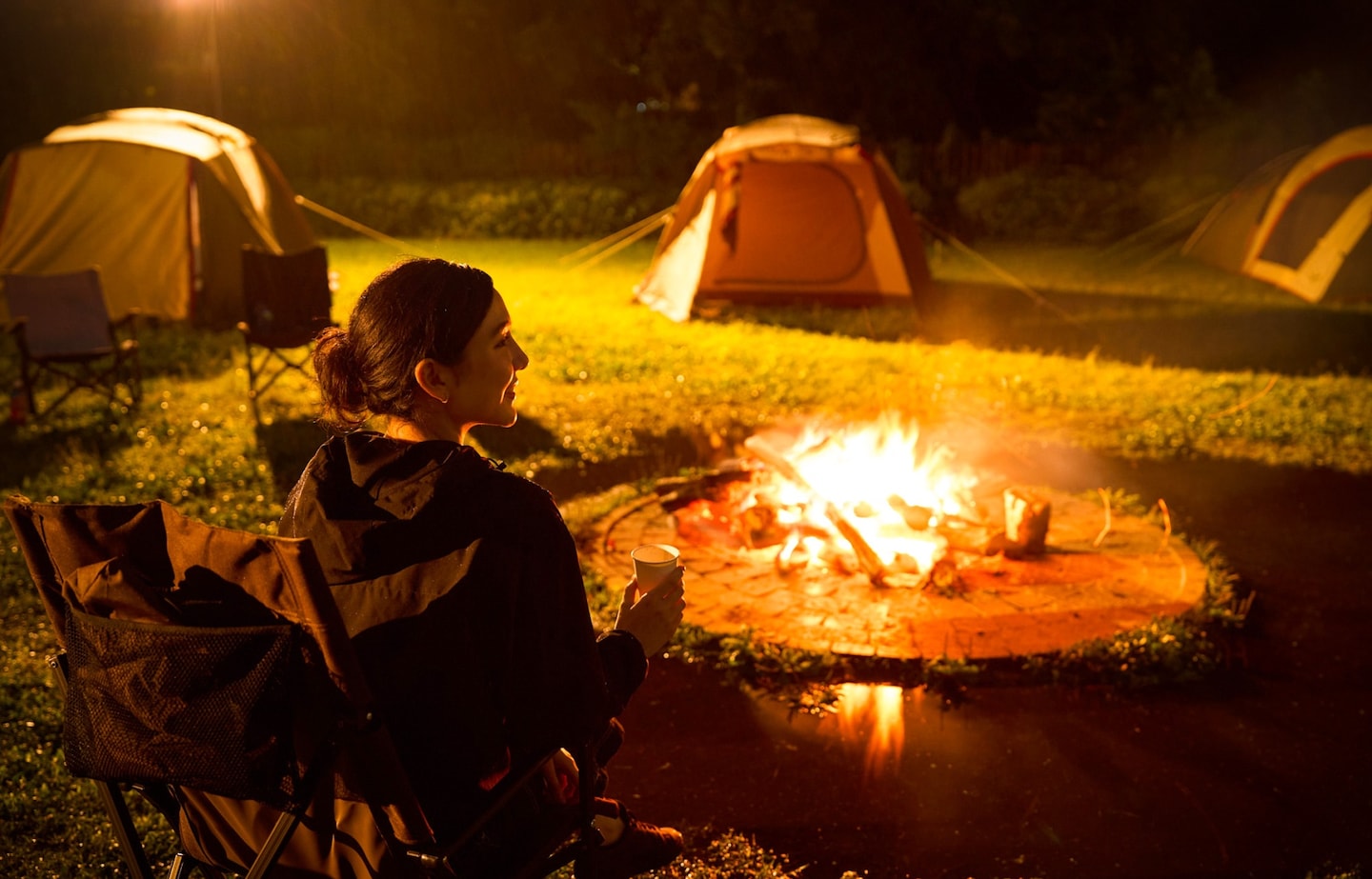
When people think of Tokyo, many picture skyscrapers and buzzing streets—but did you know the metropolis is also home to remarkable nature? Venture a little beyond the city center into the Tama and island areas and you’ll find landscapes that feel worlds away—perfect places to step out of the urban rush and reset. A style of travel increasingly popular with visitors is “adventure tourism,” built on at least two of three elements: nature, activities, and cultural experiences. Why not leave the everyday behind and set out to discover something new? GO WILD TOKYO!
By AAJ Editorial TeamKodaira lies near the heart of Tokyo’s North Tama area, where the legacy of water and greenery still runs deep. At the center of this story is the Tamagawa Josui canal—an essential part of Kodaira’s landscape. Built in the Edo period, the canal provided a stable water supply that made possible the cultivation of new fields, the growth of settlements, and, ultimately, the emergence of Kodaira as a town. Even today, its history still lives on in the canal-side calm that defines the area.
Within the Tama region, Kodaira is known as a place where nature and human creativity—crafts and other arts—exist side by side. While western Tama is often celebrated for its sweeping natural landscapes, Kodaira’s charm lies in experiences rooted in everyday life.
That spirit came to life in “Art Camp Village in Kodaira,” a family-friendly adventure camp held along the Tamagawa Josui greenway and at the city’s children’s campground. Designed to balance nature, activities, and cultures, the program included a Tamagawa Josui walk, a marionette puppet performance and workshop, an early-music concert, a cooking class featuring local vegetables, even a hands-on seminar on setting up tents.
With English interpretation available throughout, the one-night, two-day camp welcomed participants of different nationalities, ages and backgrounds. Families, friends, and solo attendees could explore, create, and connect in a relaxed setting that reflected Kodaira’s unique blend of tradition and community. We joined to see what it was all about.

A Town Nurtured by the Tamagawa Josui
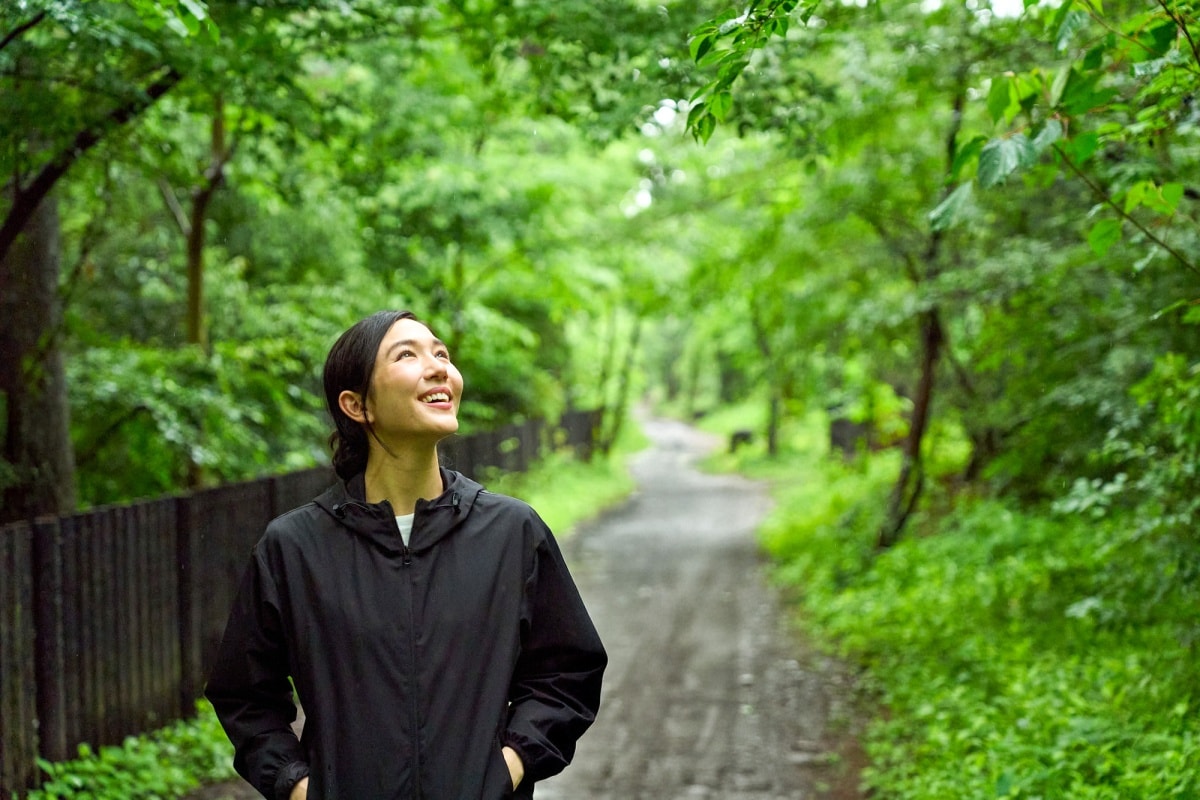
The Tamagawa Josui greenway is lined with zelkova, sawtooth oak, konara oak, and seasonal flowers and fruiting plants—nature in abundance.
Art Camp Village in Kodaira welcomed 11 families, mostly local parents and children, along with some international participants. The event was organized by the Kodaira Tourism Town-Planning Association, a community-led body of businesses, organizations, and residents that dedicated to promoting tourism-driven development. The association plans and runs a variety of events in collaboration with local operators and schools.
The camp’s team also brought together creators from diverse fields, including designers, architects, and filmmakers. The project was planned and produced by the Art Camp Village Executive Committee, represented by Mio Sakiya, a travel-media editor who now focuses on publications about the Tama region.
This program made the most of Kodaira’s unique character: families pitched tents at the city’s campground and spent a night immersed in nature while enjoying a wide range of activities. Walking along the Tamagawa Josui Greenway, our guide shared insights into the canal’s history, the role of water in the city’s development, and the local flora and fauna—turning a simple stroll into a rich learning experience.
Children were given an original Tamagawa Josui Workbook, filled with charming illustrations, fun facts about living creatures, quizzes, and observation tips. It encouraged families to pause, flip through its pages, and explore together. Playful learning ran through the camp, making the time rewarding for adults too, with fresh discoveries around every bend.
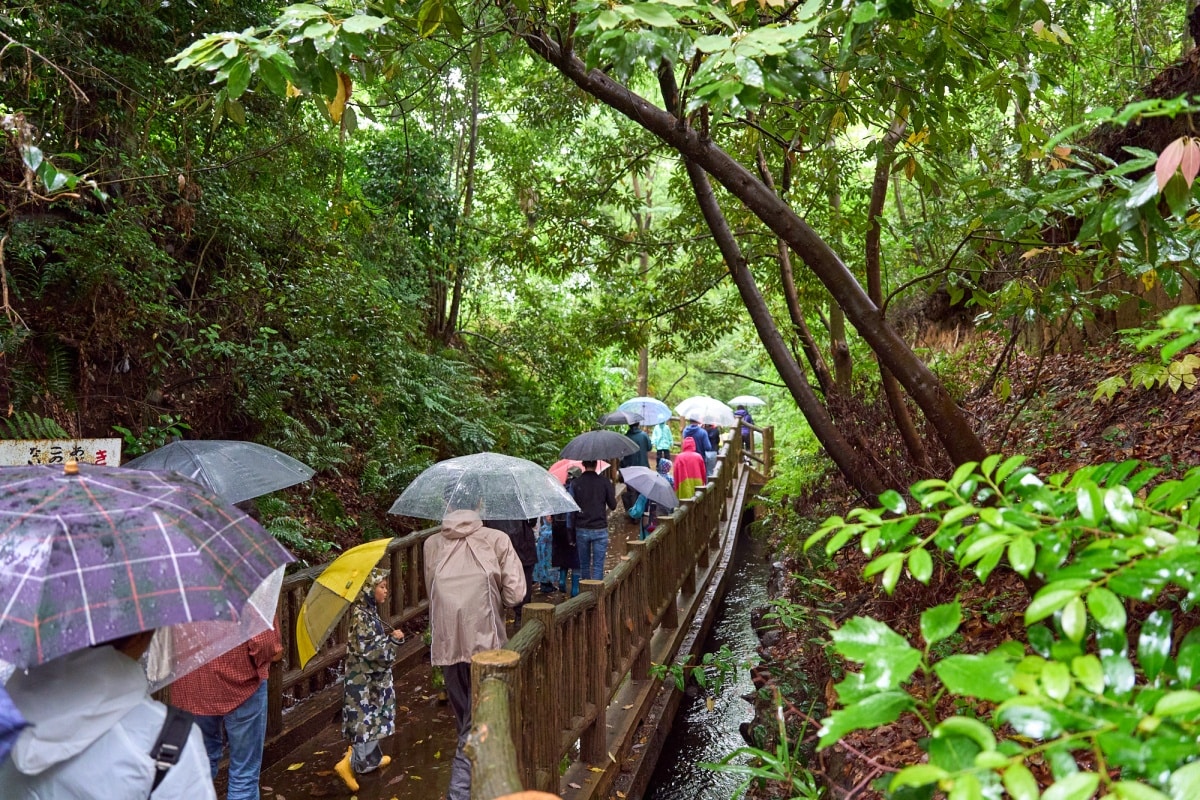
Participants explored the Tamagawa Josui Greenway with a guide.
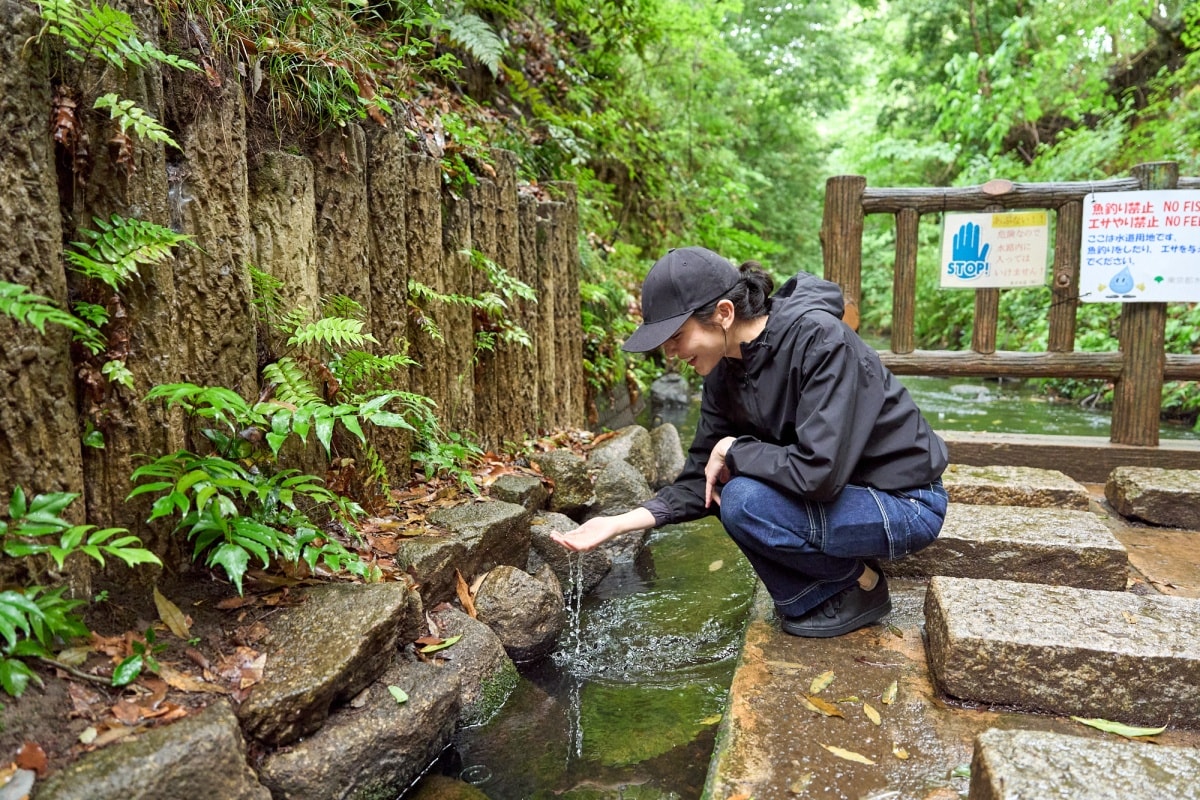
At the canal, you can approach the water’s edge and feel the clear current for yourself.

Cultural Experiences Co-Created with Local Artists
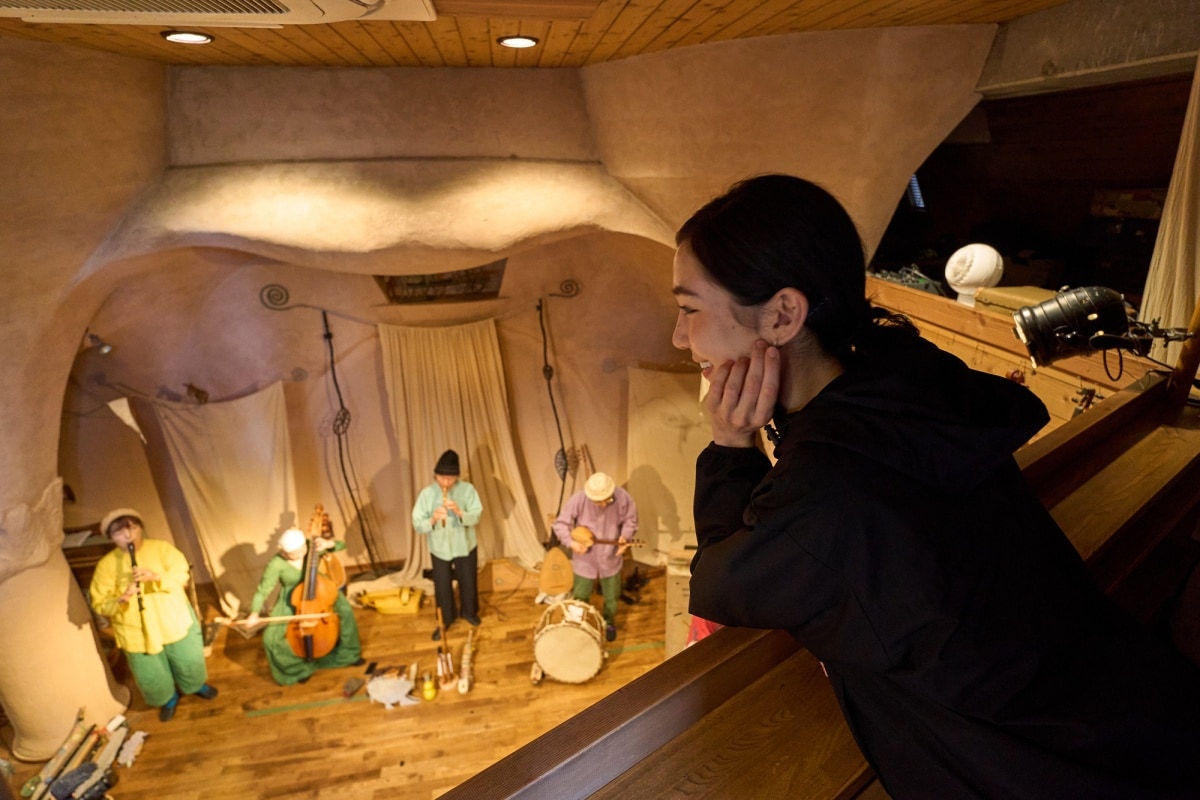
“Roba no Ongakuza” in concert. Their cave-themed performance hall—owned by the ensemble—wraps audiences in warm wood and wonderfully curious sounds.
Cultural experiences were a hallmark of the camp. “We wanted to shift art from something you quietly view to something you can actively experience,” says Sakiya. “This time, our theme was ‘learning as a natural extension of play,’ with programs anyone can enjoy. If children encountering art for the first time carry these memories with them, that would make me happiest.”
A wide range of Kodaira-based artists participated. The puppet performance and workshop, for example, were led by Isshiza, a marionette troupe headquartered in Kodaira. Its leader, Edo Dennai, has been performing for over 72 years, continuing a tradition dating back to the Edo period. “He’s like a living national treasure,” Sakiya notes. “Even many locals don’t know about him, so we invited him in hopes more people would discover his work.”
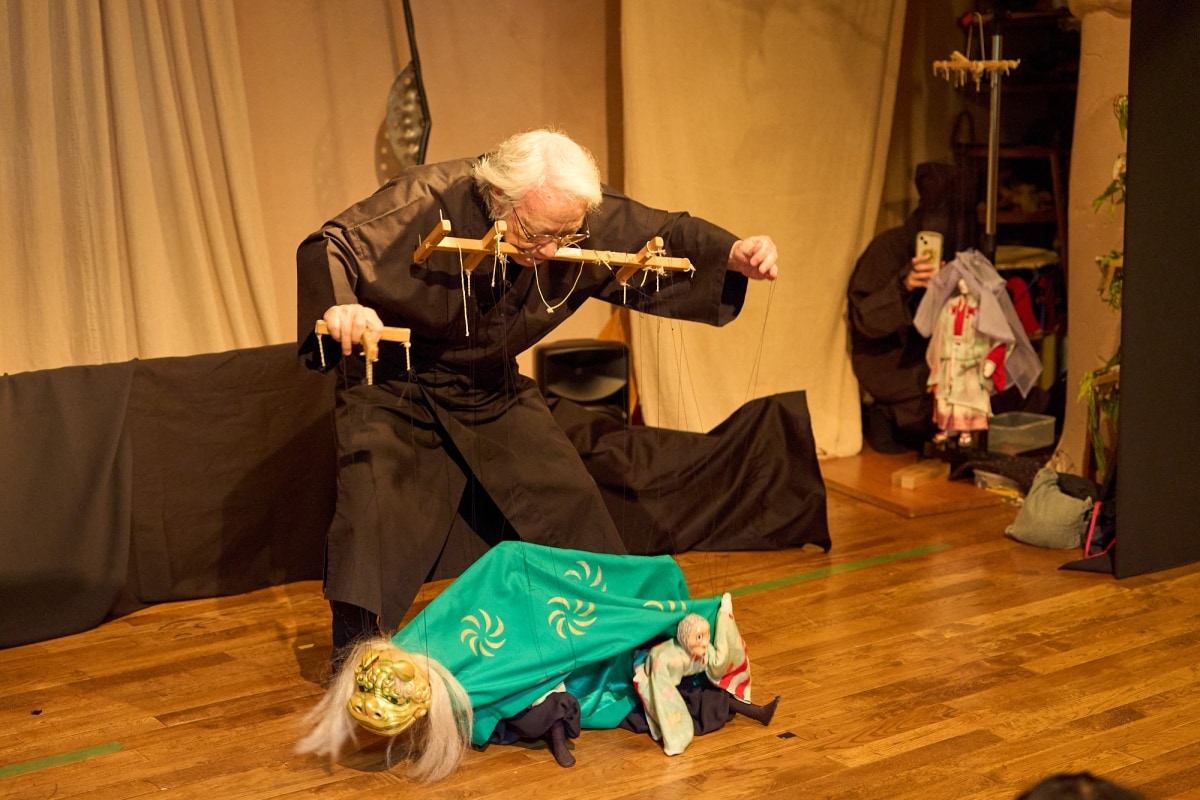
Edo Dennai comes from a lineage of string-marionette performers dating back to the Kan’ei era (1624–1644) and has been performing on stage since the age of five.
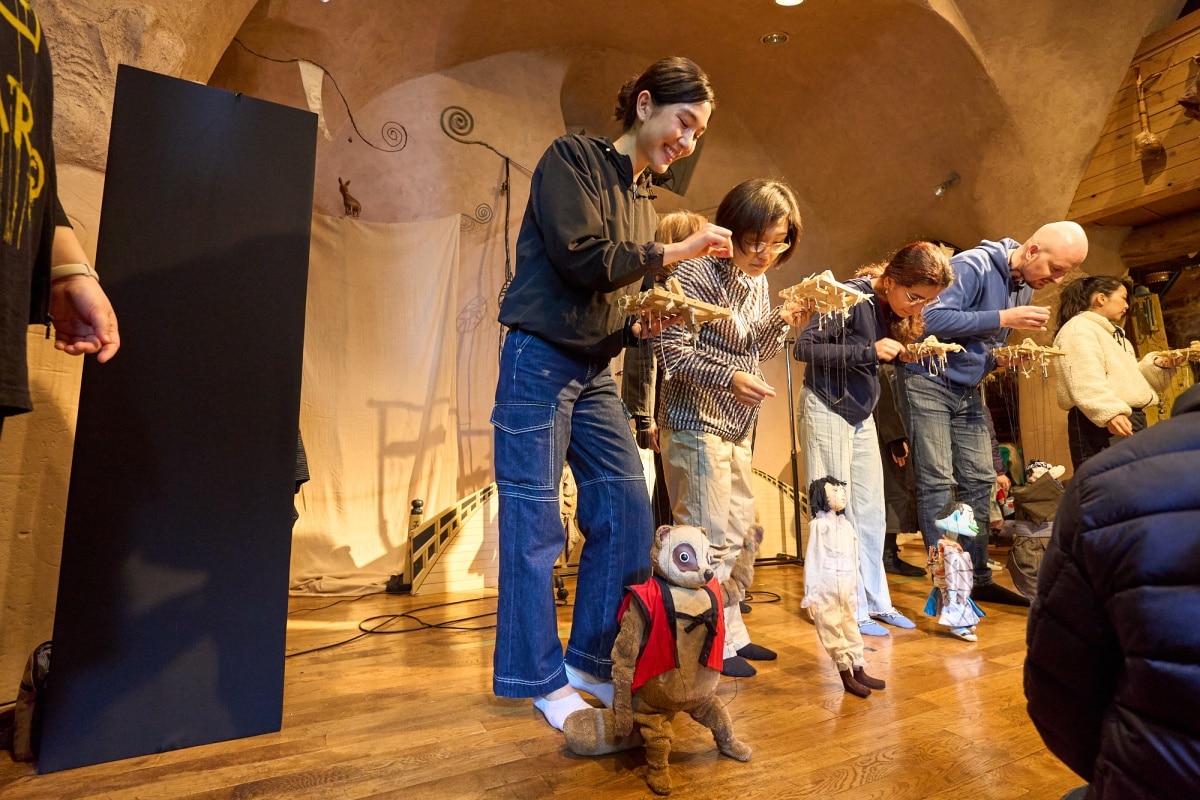
After the show, participants tried manipulating the marionettes themselves. Even getting them to stand upright proved tricky—everyone was amazed by the difficulty!
Also performing was Roba no Ongakuza, a music ensemble of people living along the Tamagawa Josui. Using medieval and renaissance instruments as well as whimsical, self-made “imaginary instruments,”their playful sounds delighted both children and adults. Echoes of old culture intertwined with contemporary expression prompting several kids to exclaim, “I wanted to play too!”
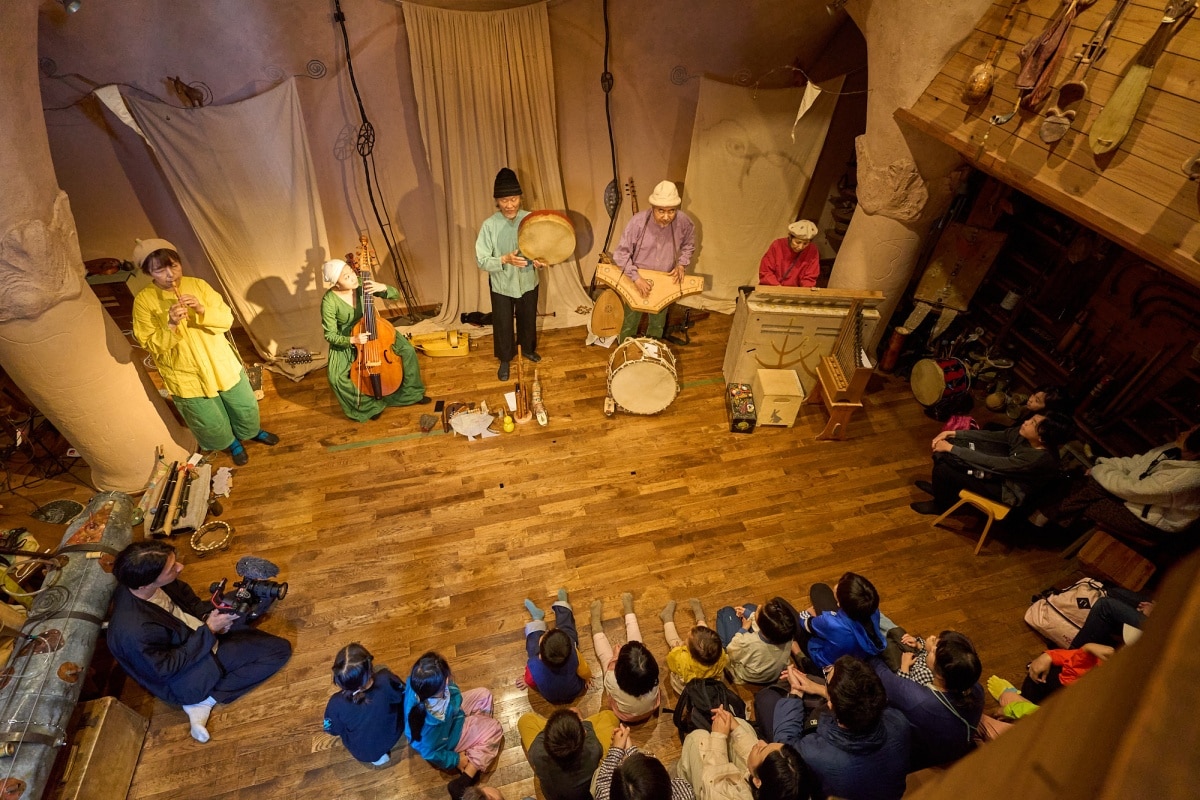
With unique instruments and resonant soundscapes, the performances had both kids and adults completely engaged.
That night at the campground, participants enjoyed a special visual experience called “Dagik Earth.” Images of Earth, the Sun, Mars, Jupiter, and more were projected onto a spherical screen, as if a giant globe had appeared before our eyes. An astronomer narrated the wonders of space in gentle, easy-to-understand language for children. As a soft breeze rustled the leaves, the evening unfolded with a calm quite unlike a traditional planetarium—but every bit as mesmerizing.
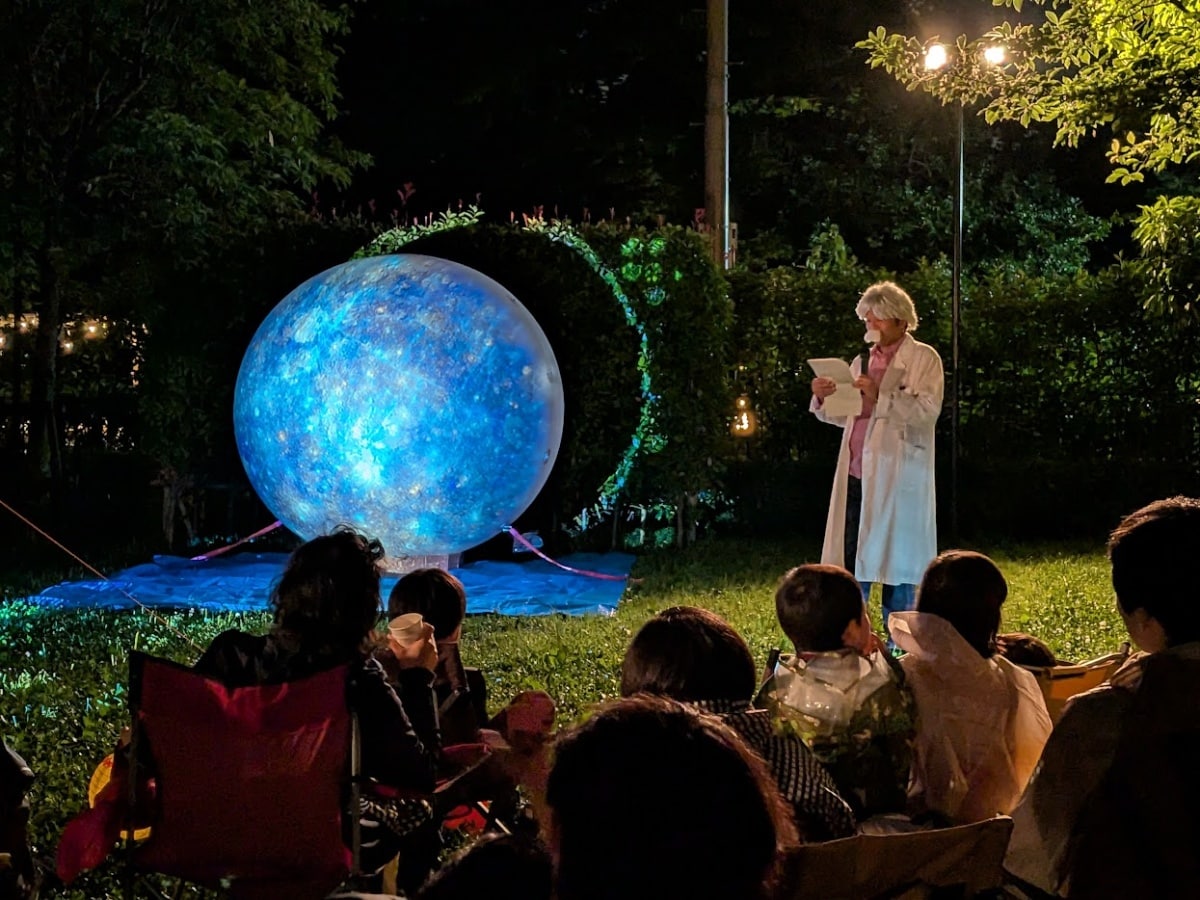
“Dagik Earth” was guided by astronomer Masaoki Hagino, formerly of the National Astronomical Observatory of Japan.

Outdoor Fun for Families—and the Seeds of Community
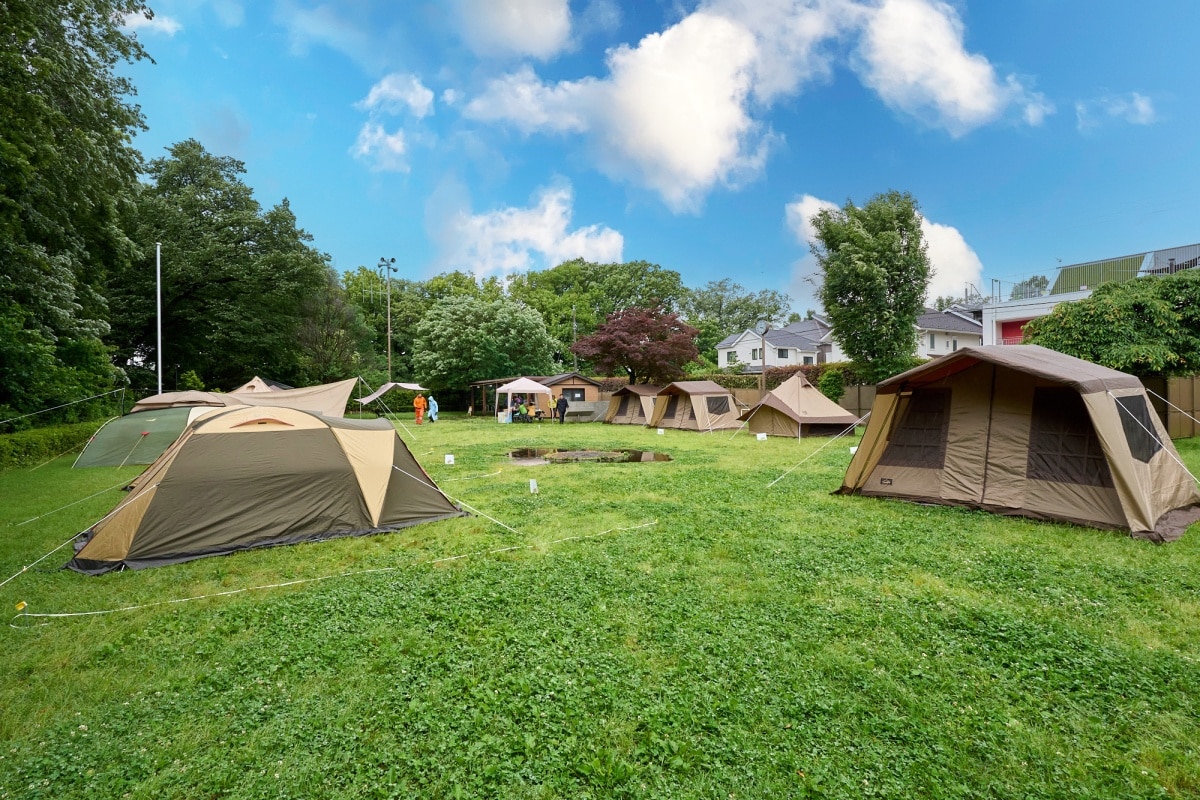
The venue: Kitsuneppara Park Children’s Campground, a pocket of pure nature in a residential neighborhood, jointly maintained by Kodaira City and local residents.
Art Camp Village in Kodaira is more than a camping event. At its heart is the idea of blending Kodaira’s climate and way of life to create a place where locals and visitors can connect.
One moment that perfectly captured this spirit was the parent-child spice-curry workshop held outdoors. Using English-language flip cards—“Add this ingredient next!”—the class unfolded like a playful quiz. In this international setting, conversations sprang up naturally among people meeting for the first time.
Of course, the ingredients were local. Kodaira still has extensive farmland, and farm stands and markets are part of daily life. Cooking with these local ingredients sparked even more conversation. Starting a fire with wood, gathering around the pot, and working together turned the act of cooking into effortless teamwork.
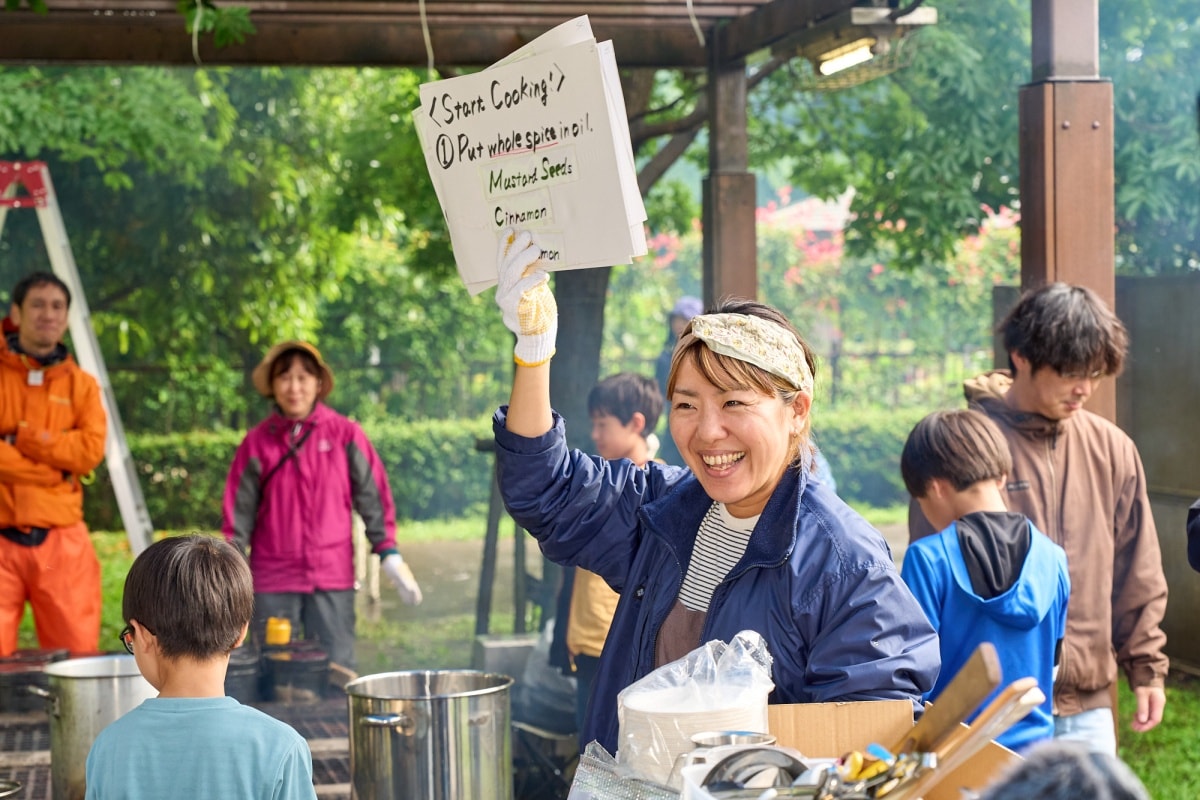
Wrapped in the aroma of spices, the curry lesson began. Mio Taguchi, who runs a curry shop under the name “& Spice.”, taught with a fun, quiz-style approach in English.
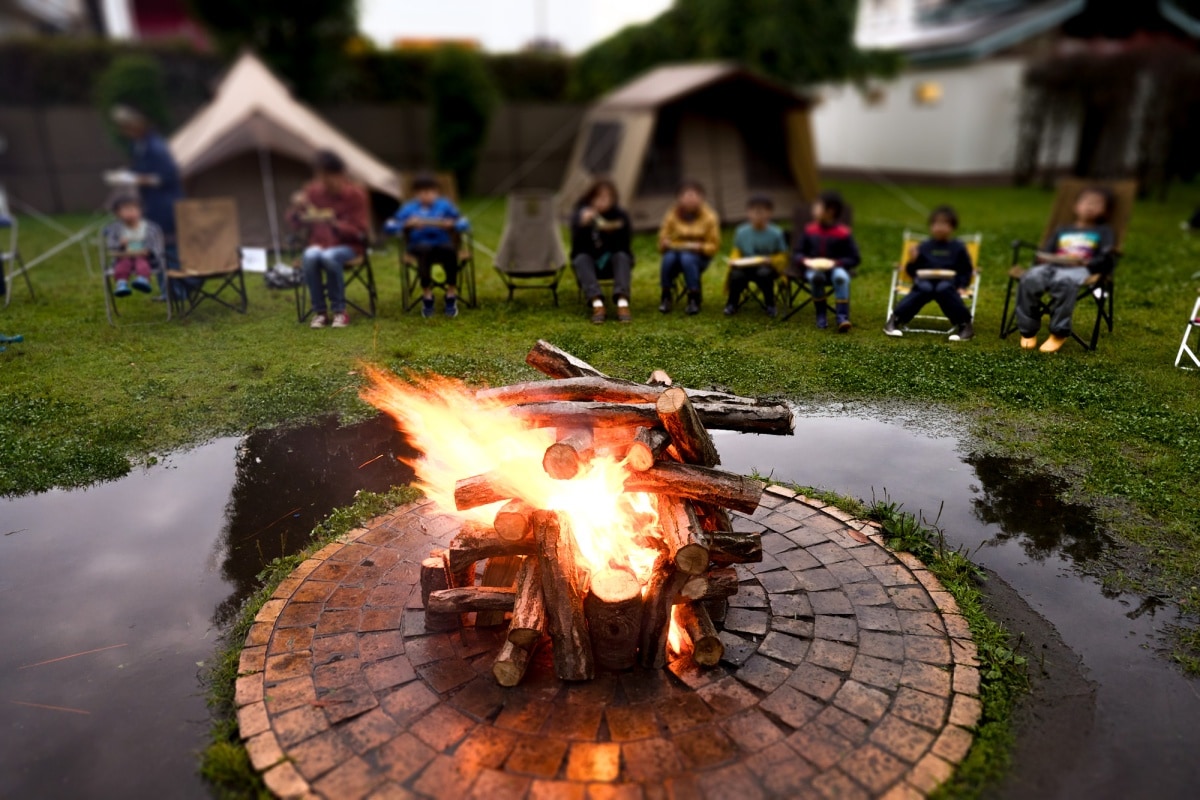
By the time the curry was done, a campfire was blazing—everyone smiled as they ate around the flames.
“We designed this as a children’s event that parents can genuinely enjoy too,” says Sakiya. Thoughtful touches allowed adults to engage in activities, creating opportunities for natural, unforced connections. For overnight stays, staff from Ogawa Grand lodge, a long-established outdoor brand with a Kodaira storefront, assisted tent setup—reassuring first-timers and beginners.
The response from participants was a warm one. “This was our first time camping, but with staff nearby we felt safe joining in,” said one. “Thanks to the programs, we quickly became friendly with other families and had a wonderful time.” The event’s distinctive, at-home atmosphere was just as appealing to adults—proving that Sakiya’s goal—to “link people and build lateral connections”—was successfully taking root.
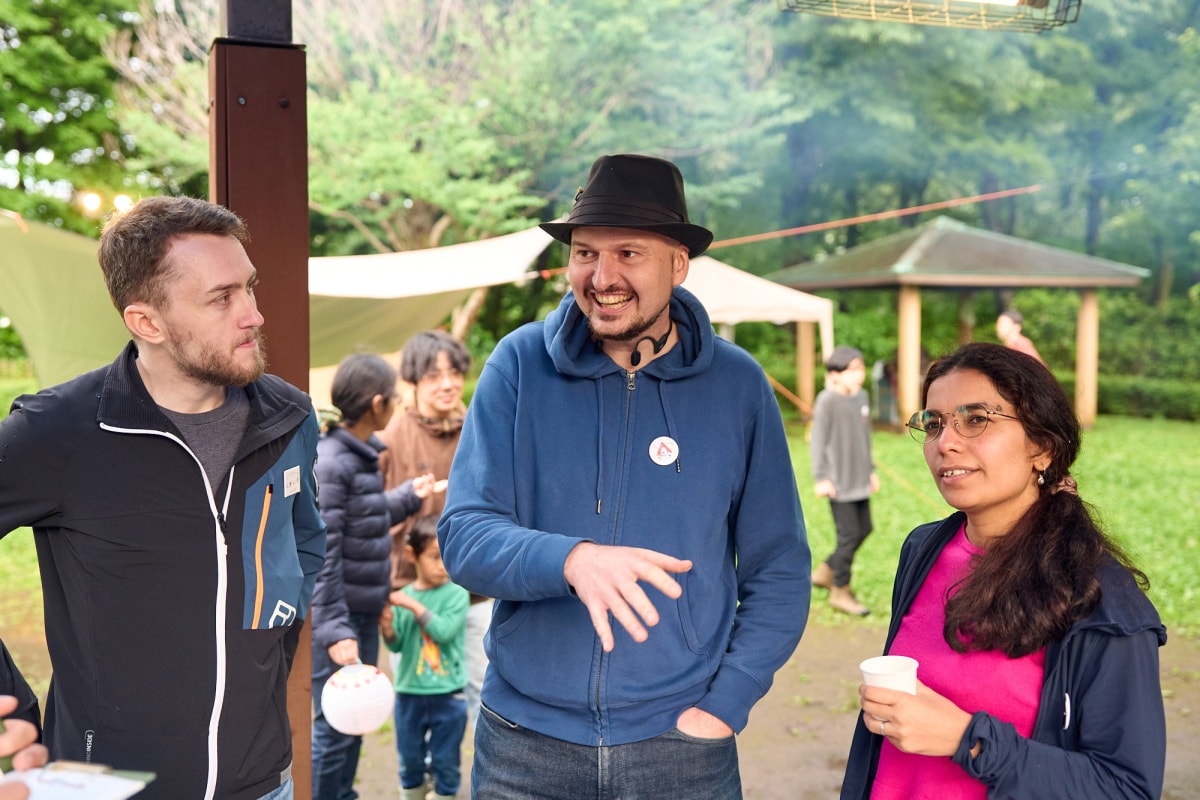
Interpreter Ryan (left in photo) accompanied the tour, helping international participants fully enjoy Kodaira’s rich nature and unique programs.

Toward a “Nature × Art” Model for Kodaira’s Future
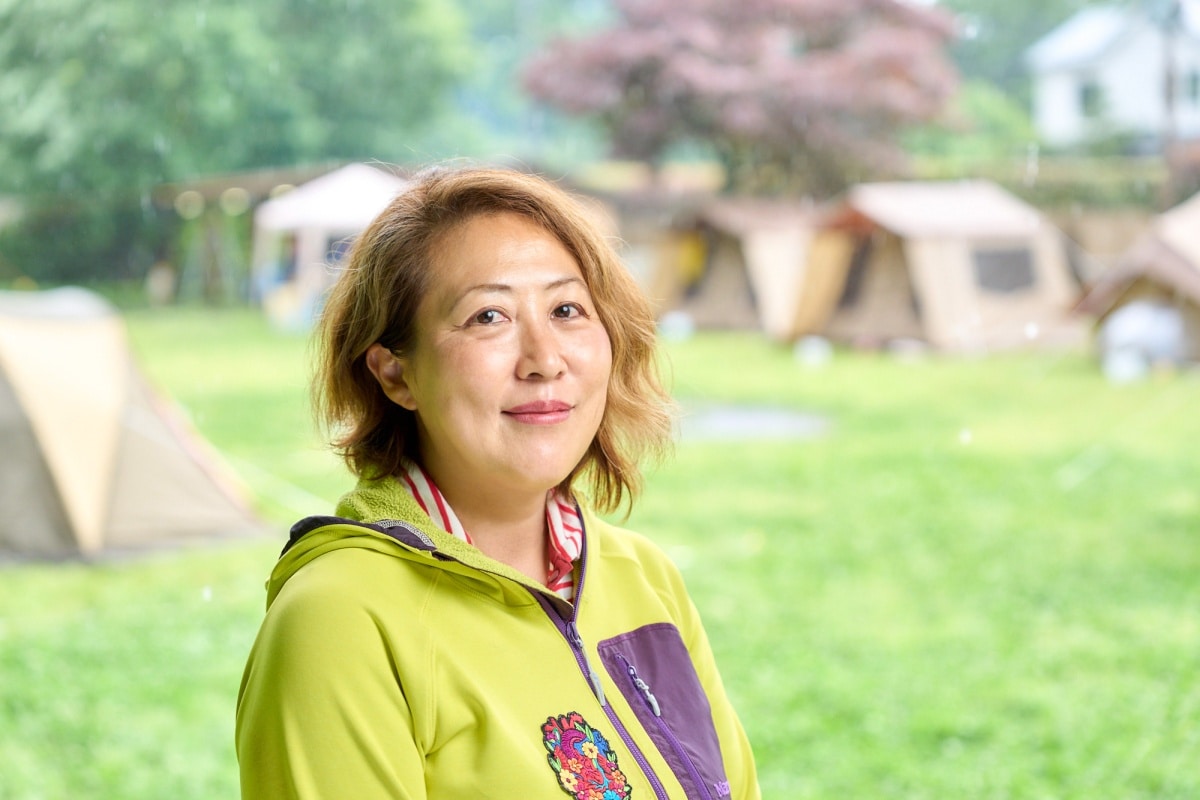
ART CAMP VILLAGE Executive Committee representative Mio Sakiya. Drawing on experience editing travel magazines and planning tours, she prizes the perspective of “What experiences would I want as a traveler?”
Although the event was small—around 50 participants—that intimacy actually enhanced both connection and satisfaction. “If anything, building it up through repeated small-group editions might be the most Kodaira-like way forward,” Sakiya says.
The team is also exploring educational programming, including school-based activities and workshops for international-school students that draw on local resources and expand opportunities for place-based learning. “People often say Kodaira has ‘nothing there,’ but flip that around and it means ‘a place not overly engineered,’” Sakiya says. “That gives us the chance to face nature and culture honestly. We want to gently insert art and experiences into that open space.”
In this way, Art Camp Village in Kodaira goes beyond being a one-off event, pointing toward a new form of adventure tourism rooted in local resources. The “Nature × Art” experiment has just taken its first solid step, offering a model for future programs that connect people, culture, and the natural world.
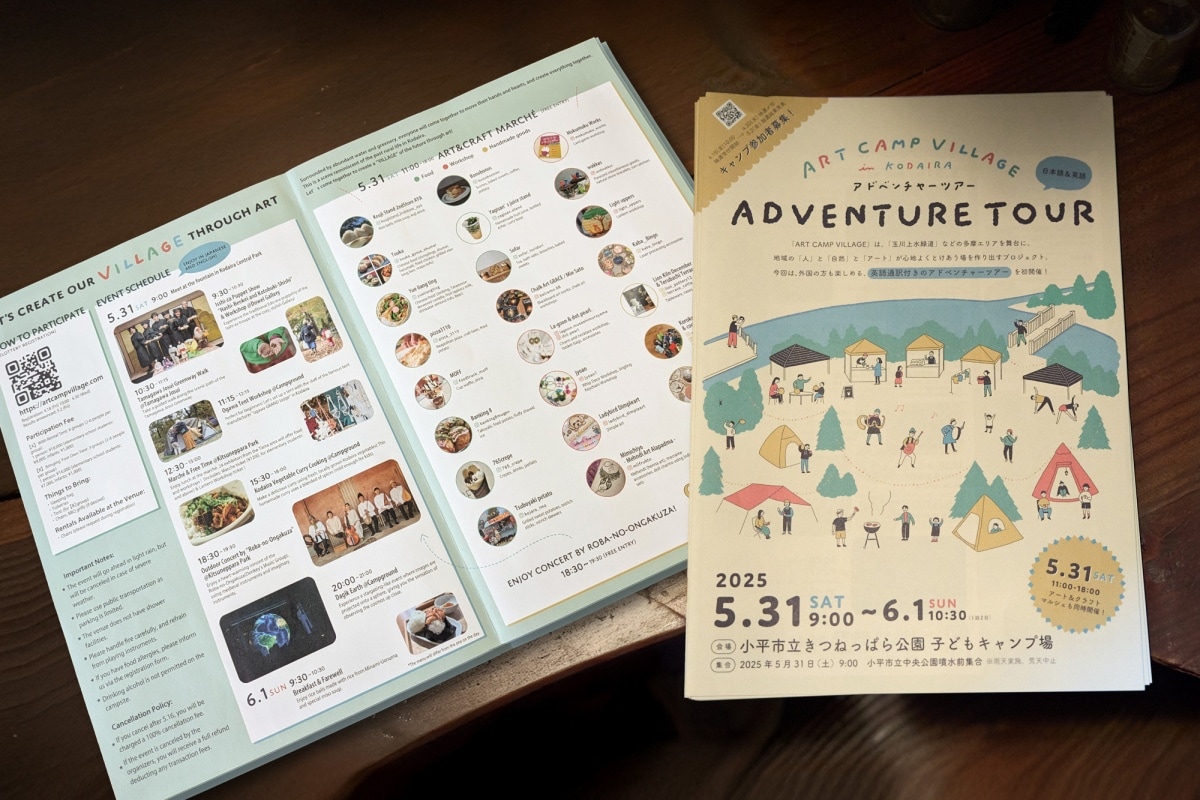
Alongside Japanese, an English pamphlet was also prepared.
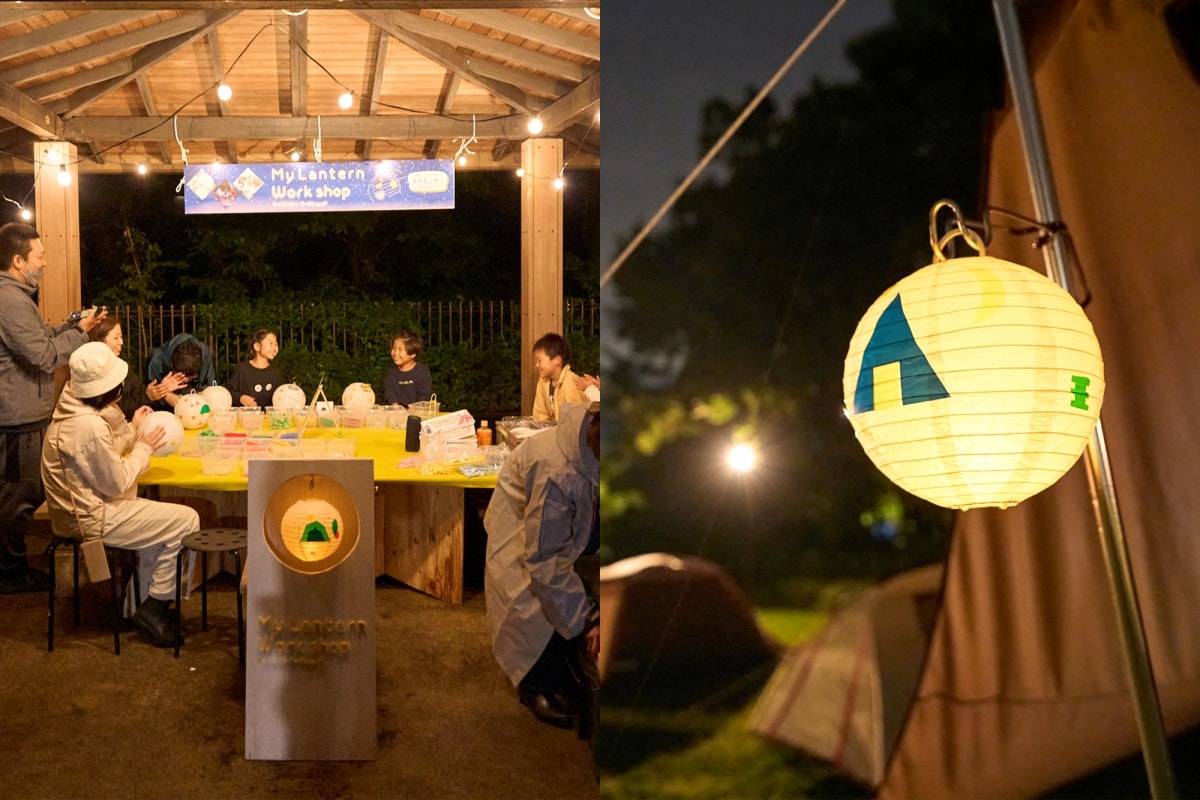
Lanterns made in a neighboring park workshop lit up the campsite with art after dark.
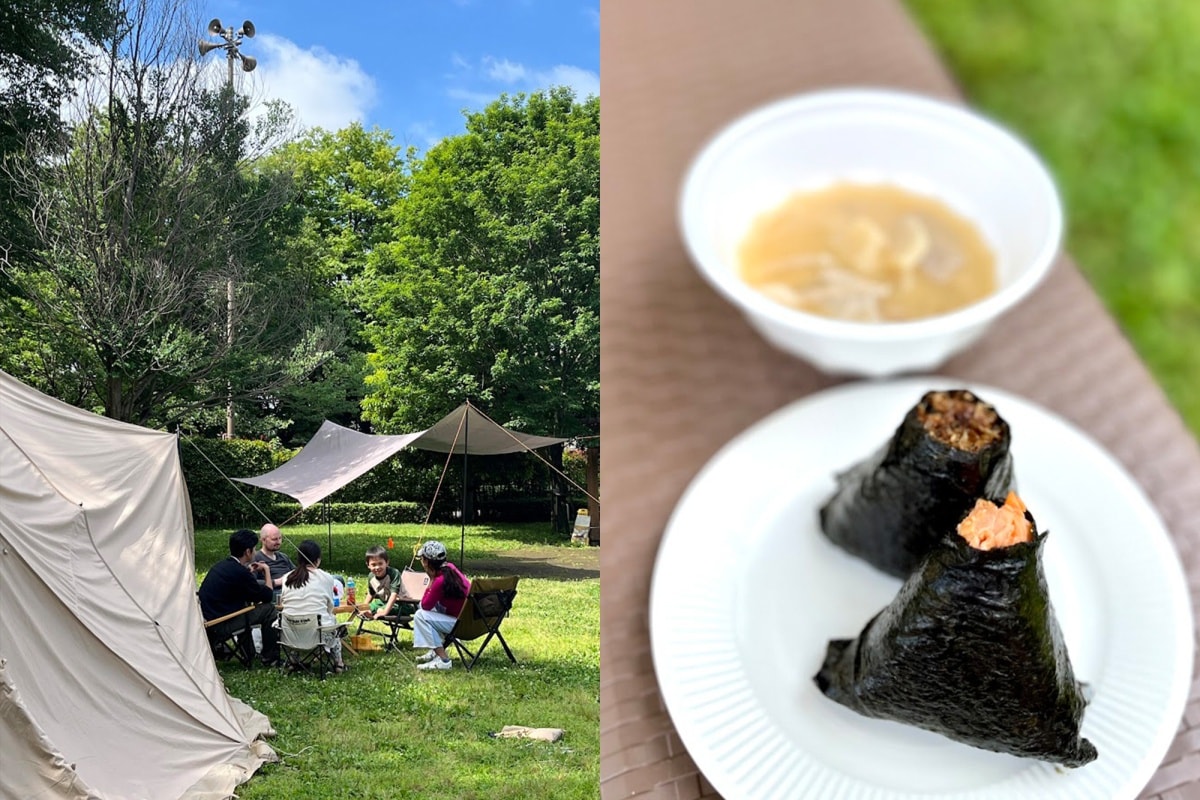
The next morning began at an easy pace, with freshly made breakfasts from local favorite Suzunari, an onigiri rice-ball shop.

ART CAMP VILLAGE in KODAIRA
Event Details (Most Recent Edition)
Dates: May 31–June 1, 2025
Venue: Kitsuneppara Park Children’s Campground (Kodaira City) 【MAP】
URL: https://artcamp-village.com/
SNS: Instagram https://www.instagram.com/artcampvillage/

※This project was carried out with support from the Tokyo Convention & Visitors Bureau (TCVB) Adventure Tourism Promotion Grant.
Text: Tadayuki Matsuita Photos: Tatsushi Yuasa


